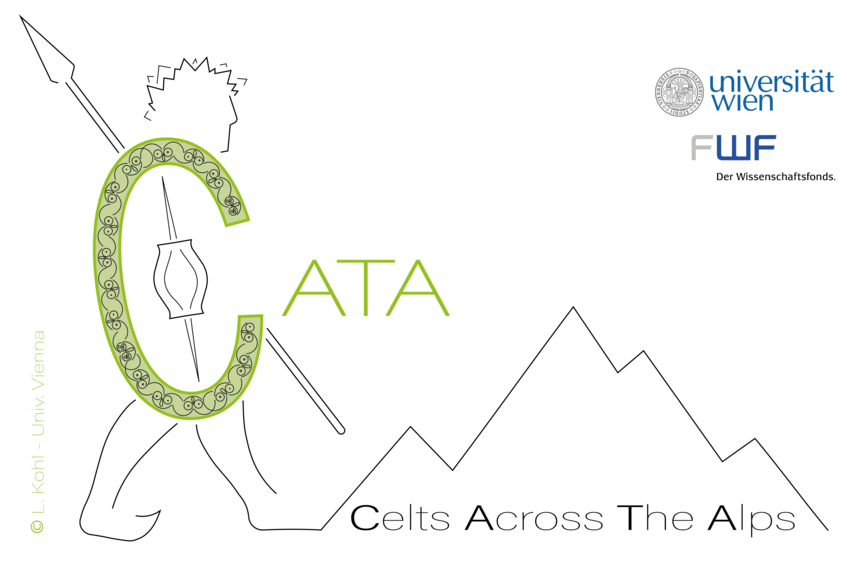CATA - Celts Across The Alps

The idea for the project was born to get a new perspective on the relationship of the late Iron Age between north-eastern Austria and northern Italy. On the one hand, this can be achieved through the new presentation of important, also unpublished cemeteries, and on the other hand, through the application of innovative, but proven methods of Bioarchaeology.
The undertaking deals with the development of the late Iron Age cultural phenomena in Western and Central Europe, also known as the La Tène culture. It is state of research, that it does not mean to be a uniform culture or a "people", but rather as numerous local groups that show certain cultural similarities or differences and can be seen as a network.
The mobility and migratory movements of these Iron Age populations are described, for example, by Greek and Roman authors, when the "celtae, galli or galatoi" came in different phases over the Alps to northern Italy and as far as Greece and Anatolia. But their traces can also be found in archaeological material. In this particular case, cemeteries from the Lower Austrian Traisen Valley such as Franzhausen, Gemeinlebarn and Walpersdorf are to be compared with those from the northern Italian Po Valley (Casalecchio di Reno, Marzabotto and Carzaghetto).
Supplementary to archaeological analysis and comparisons with other contemporaneous cemeteries, different working blocks deals with the examination of the human skeletons. In addition to physical anthropology to study injuries, pathologies and diseases, isotopic analysis (Sr, O, N) will be used to study migration/movements and dietary habits. We also apply aDNA methods to assess relatedness and study diseases e.g. leprosy or hepatitis.
In addition to researchers from the University of Vienna and the NHM Vienna, researchers from the University of Bologna, the MPI Jena/Leipzig, the University of Basel and the University of Mittweida and other external experts are also involved.
Main goal is to get a comparative picture of the different Iron Age population groups and find indications of mobility and migration phenomena. In order to obtain a holistic picture, interdisciplinary scientific cooperation is particularly important.
Funding
Project Number: P 36086 Einzelprojekte
Project Manager: Peter Christoph RAMSL
Time Scedule: 01.02.2023 - 31.01.2026
